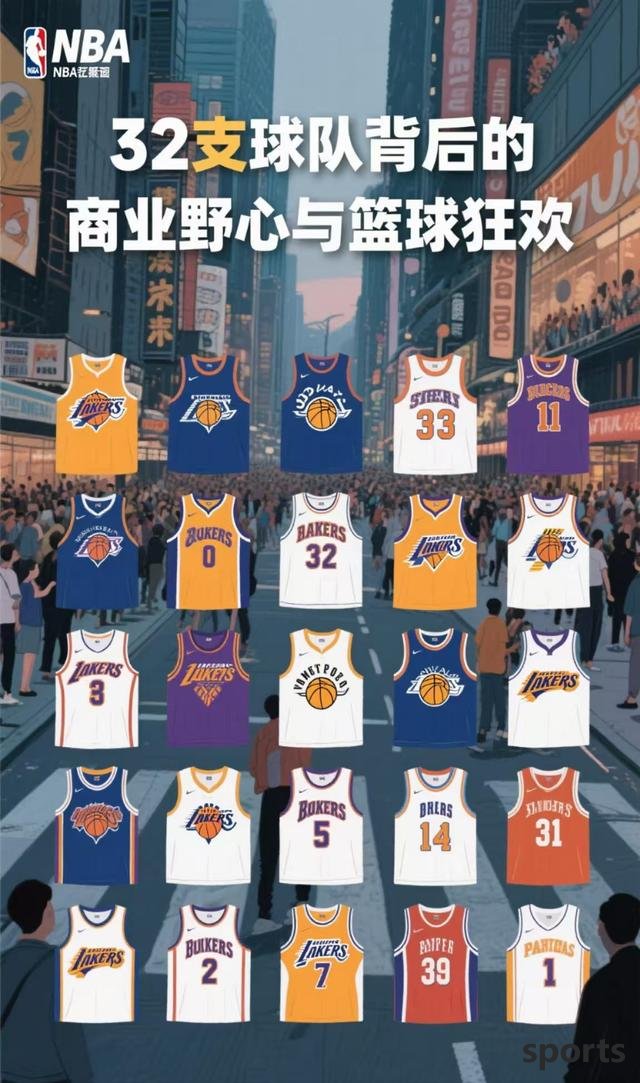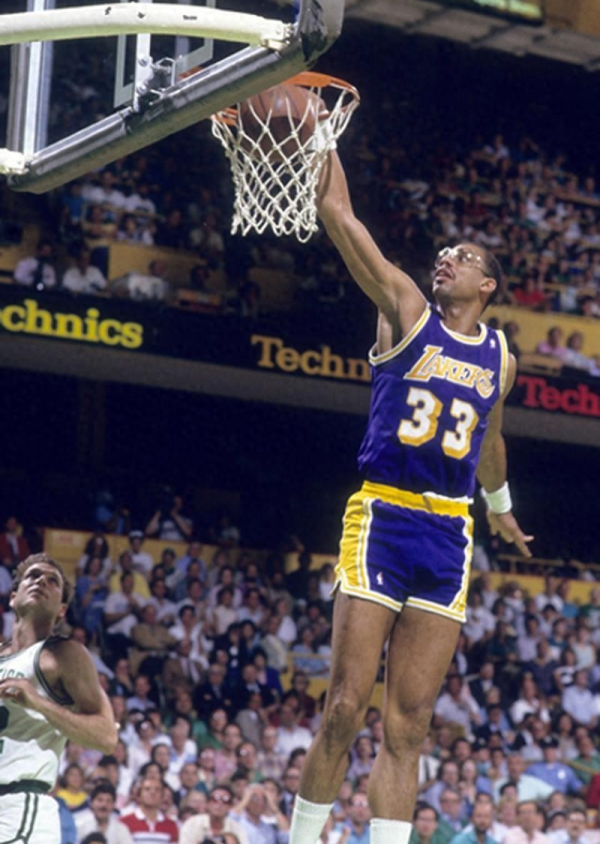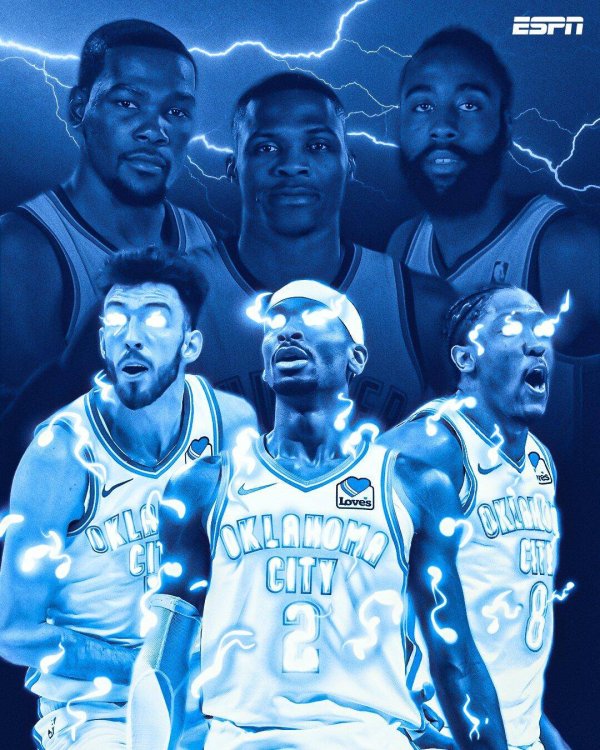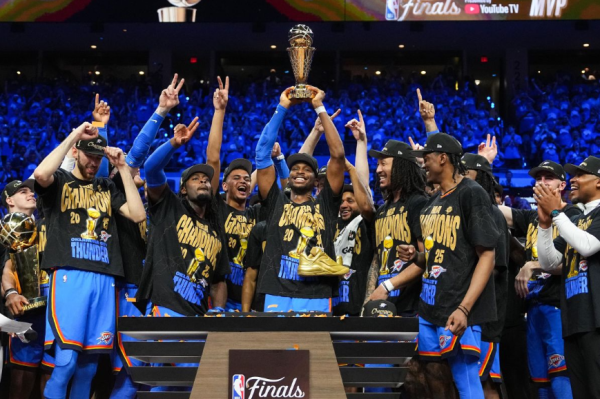HOME > Basketball
NBA expansion storm comes: Business ambitions and basketball carnival behind 32 teams
11:13pm, 17 May 2025【Basketball】

When NBA President Xiao Hua threw out the proposal of "expanding 32 teams" on the board of directors, the entire basketball world felt the shock of the storm. This basketball aircraft carrier, which ranks the world's top professional sports, is brewing the most disruptive change since the Charlotte Bobcats joined in 2004. This military expansion movement is not only a simple superposition of numbers, but also contains the three strategic ambitions of the alliance to reconstruct the business territory, activate urban energy, and reshape the competitive ecology.
1. The "team IPO"
In the conference room of the Las Vegas Sands Group headquarters, the NBA franchise worth $1.5 billion is like a tempting cake. This city, which is famous for the gambling industry, is ready to use the genes of the entertainment capital to reshape professional sports. If finalized, Las Vegas will become the first brand new NBA team that does not need to "inherit" the legacy of the existing team - just like the birth of the Bobcats (now Hornets) in 2004, it will be a complete capital game.
NBA's abacus crackled: the "starter fee" for each new team starts at $2.5 billion, which does not include the tens of millions of dollars in league dividends per year. Take the Toronto Raptors as an example. Its parent company, Maple Leaf Sports & Entertainment, made more than $2 billion in profits based on the transfer of team equity alone. When star cities like Seattle and Las Vegas join the bidding, the NBA's "team IPO" market will surely set off a new wave of wealth.
2. The ultimate battlefield of the city battle
On the shortlist, Seattle and Las Vegas are as dazzling as Gemini. The Seattleites are still resentful of the "night run" of the Supersonics in 2008. The investment group led by local businessman Chris Humphries has prepared a $1.7 billion ticket. Las Vegas has launched a "entertainment + sports" ace combination. The new stadium promised by Sands will be equipped with a retractable roof, allowing NBA games to be seamlessly switched with top concerts.
This reminds people of the "Two Cities" between the Vancouver Grizzlies and the Toronto Raptors in 1995, when the Canadian government offered generous conditions such as tax incentives and venue funding to retain the team. Nowadays, the competition among local American cities is even more crazy: Kansas City has moved out of legendary coach Smith lobbying, Louisville has played the "college city" sign, and every candidate city is turning out its assets to prove that it deserves an NBA team.
3. Survival game under the competition system revolution
When 30 units become 32 units, the schedule will face a comprehensive reconstruction. The "84 season regular season games + playoff expansion" plan circulated within the league means that each team will play 8 more home games. This is a box office guarantee worth a thousand gold for new teams, but it is a sweet burden for veteran teams - think about the exhausting journey of the Golden State Warriors reaching the finals for eight consecutive years, and the competition in the western region may become a purgatory model after the expansion of the army.
What is more subtle is the potential adjustment of draft rules. The current probability difference in lottery teams in the lottery may be redesigned to avoid the rapid rise of new teams by playing badly. After all, no one wants to see the Timberwolves picking Rubio-style "Unexpected Joy" in 2009. The salary cap system also faces a test: when the league has two more employers, the transfer fee of top stars may set a new record.
4. The counterattack code of small market teams
In the Charlotte Hornets' locker room, the Roziers may have smelled the crisis. When the league expands to team 32, those small and medium-sized market teams struggling in the lottery zone will face a life-and-death hour. Traditional mid-range teams such as the Memphis Grizzlies and Indiana Pacers must prepare for the future before the trading deadline this year - either grab the incoming combat stars or hoard future assets.
But this may also be a turning point in the small ball market. The San Antonio Spurs are well versed in the "actuary" way and use Popovich's coaching system and Spurs culture to make up for the market size disadvantage. If the expansion of the army brings a draft pick adjustment, training teams like the Oklahoma City Thunder may recreate the star-making myth of "The Four Thunders" back then.
5. International Legion's expansion ambitions
In the NBA store on the streets of Shibuya, Watanabe Yuta's jersey is already tied for C position with Curry T-shirt. The league's international layout is obvious: Seattle has a global fan base left by Microsoft co-founder Paul Allen, while Las Vegas is the "NBA second home court" that Chinese tourists love to check in. When the new team settles in these internationally renowned cities, Chinese live broadcasts, Japanese commentary, and Spanish social media operations are probably put on the agenda.
What is more worthy of attention is the awakening of the African market. Embiid's success in Philadelphia has allowed the league to see the potential of mainland basketball. It is rumored that the league is investigating basketball development fund projects in Nigeria, Senegal and other countries. Perhaps in ten years we will see the first NBA team from sub-Saharan Africa - of course, this is the story after the 32 teams.
The NBA, standing at the intersection at this moment, is ready to go like its iconic LOGO character Jerry West. The blueprint of the 32 teams is not only an expansion of the business territory, but also a grand narrative about urban rejuvenation, competitive equity and global expansion. When the neon lights of Las Vegas and the Space Needle in Seattle light up the NBA badges one after another, we are witnessing not only the expansion of the league's scale, but also a stunning leap into the evolution of a professional sports empire toward diversified ecological evolution.
Related Posts
- Tyron Lu talks about superstar breakup: If Irving has not left the team, I think James will stay with the Cavaliers
- American News: The Lakers are expected to maintain their current lineup and enter training camp. They look forward to Vincent & Kleber s performance
- Stockton: NBA s current style is weak; they are all jumpers, players love load management; their salary is still high
- The Rockets have signed 4 players in a row, the Clippers finally take action, and the Warriors target appears
- Morant bid farewell to Bain: 5 years of brotherhood breaking, muscle shooter shoots magic to change the Eastern Conference pattern
- More than the third brother! Homgren becomes the X factor?
- Funny, Brunson was named the 2025 NBA Playoffs Best Offensive Player and Worst Defensive Player
- Why can t the Los Angeles Clippers win the NBA championship?
- Amen s "fake PG" effect is outstanding: 19+7+6 in three quarters, relaxed and enjoyable. Fan Jordan s reimbursement is good for him
- Very suddenly! Retired?! Simmons doesn t want to fight anymore?
Hot Posts
- Tyron Lu talks about superstar breakup: If Irving has not left the team, I think James will stay with the Cavaliers
- American News: The Lakers are expected to maintain their current lineup and enter training camp. They look forward to Vincent & Kleber s performance
- Stockton: NBA s current style is weak; they are all jumpers, players love load management; their salary is still high
- The Rockets have signed 4 players in a row, the Clippers finally take action, and the Warriors target appears
Recommend

Perfect counterattack to win back 1-2! Mitchell 43+9& Allen 19+12, Cavaliers 126-104 beat Pacers

The Warriors are in a passive position! Two people have been recruited but they dare not sign the contract. Kumingga wants 30 million+ and does not want to return to Jinzhou

Amen: Being able to stand side by side with Dameng on any list is of great significance. He always gives me love

Pacers backcourt: We have stalled on the offensive end, we need to do better

Who is the most unsolvable in the NBA s unique skills?

The Thunder advances to the finals! SGA Western Conference Finals MVP! The Western Conference Championship HD poster is coming!

ESPN s East-West Team Division in the New Season: Chuanhu Yong is both in the third level, and the third team enters the first level

Chasing Dreams: The standard set by Zhanku is too high. I don’t know who else can take over as the face of the league.